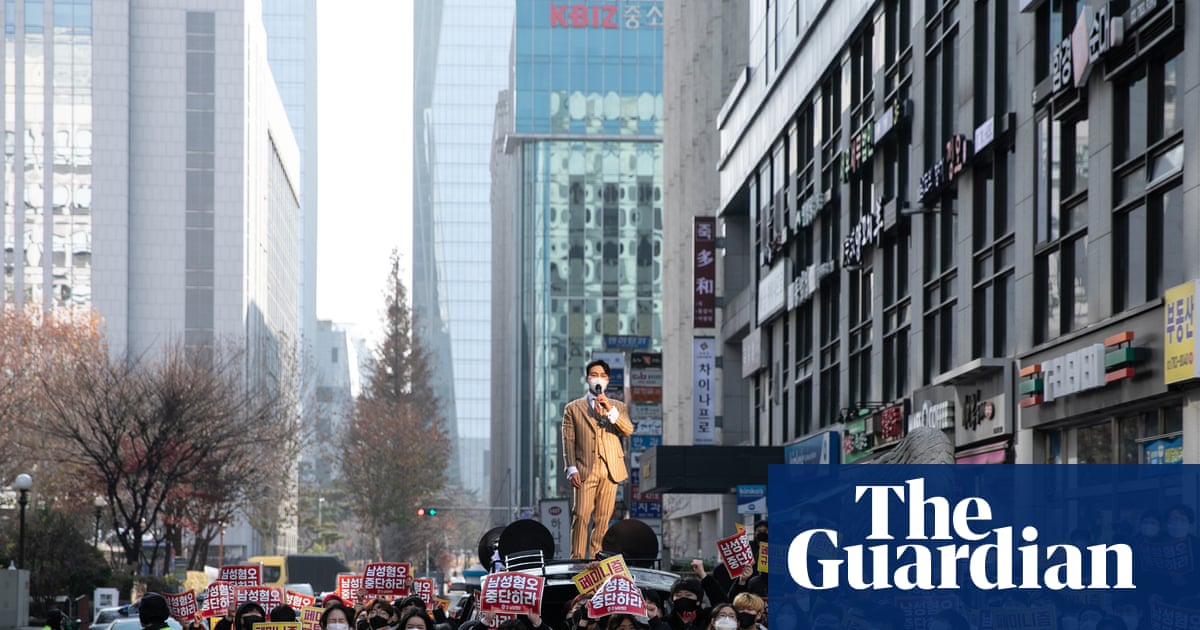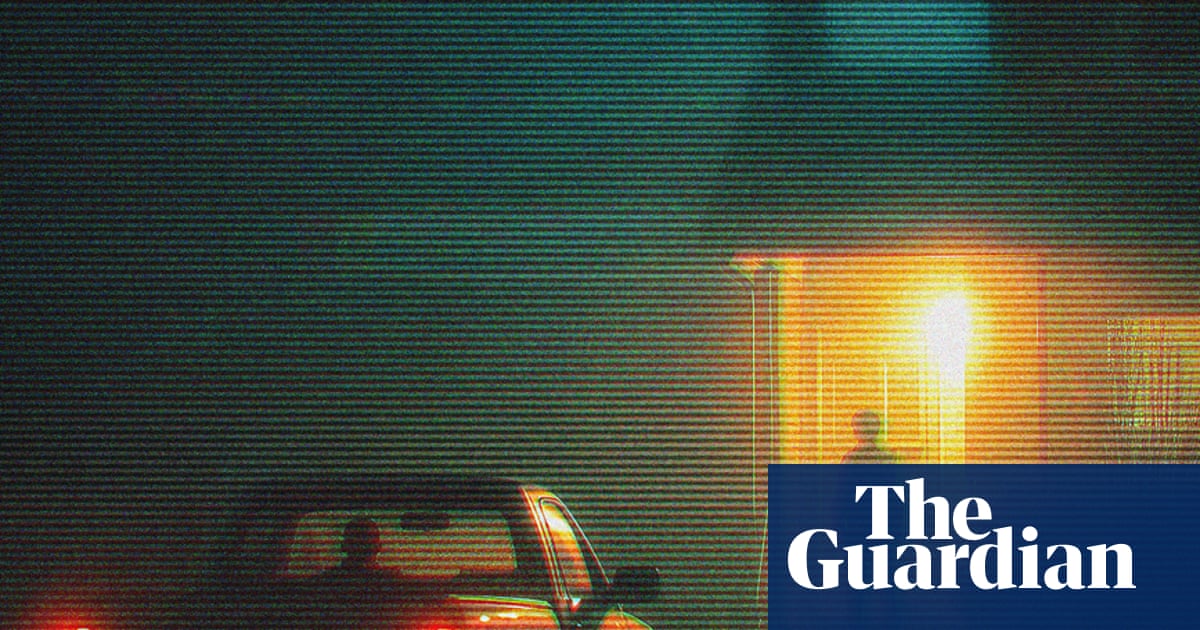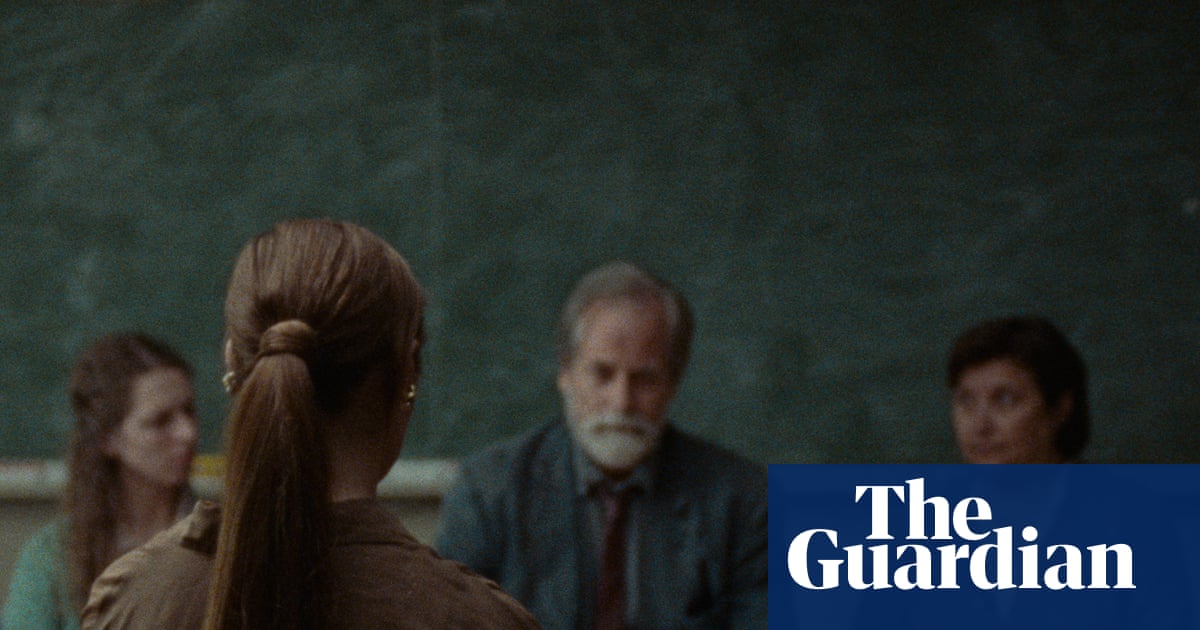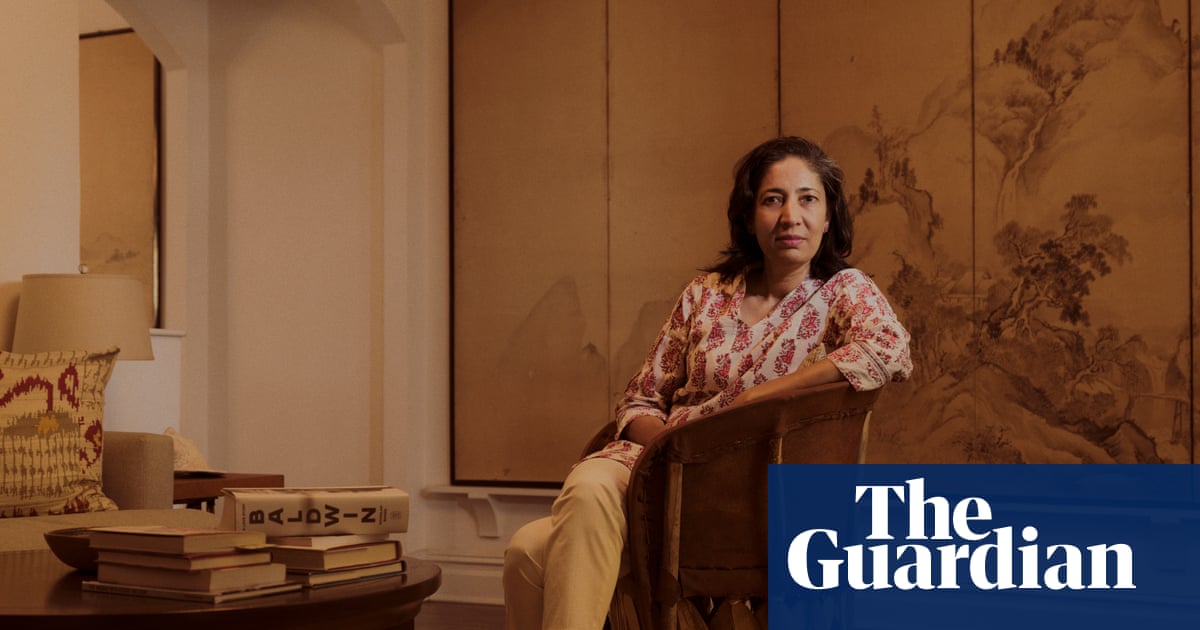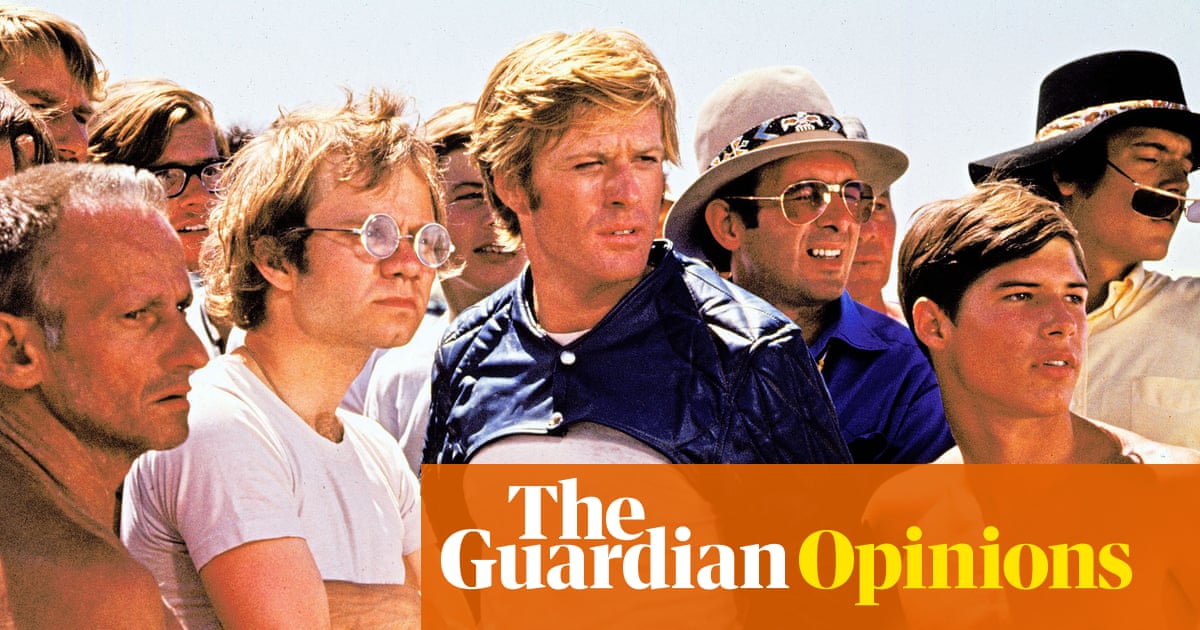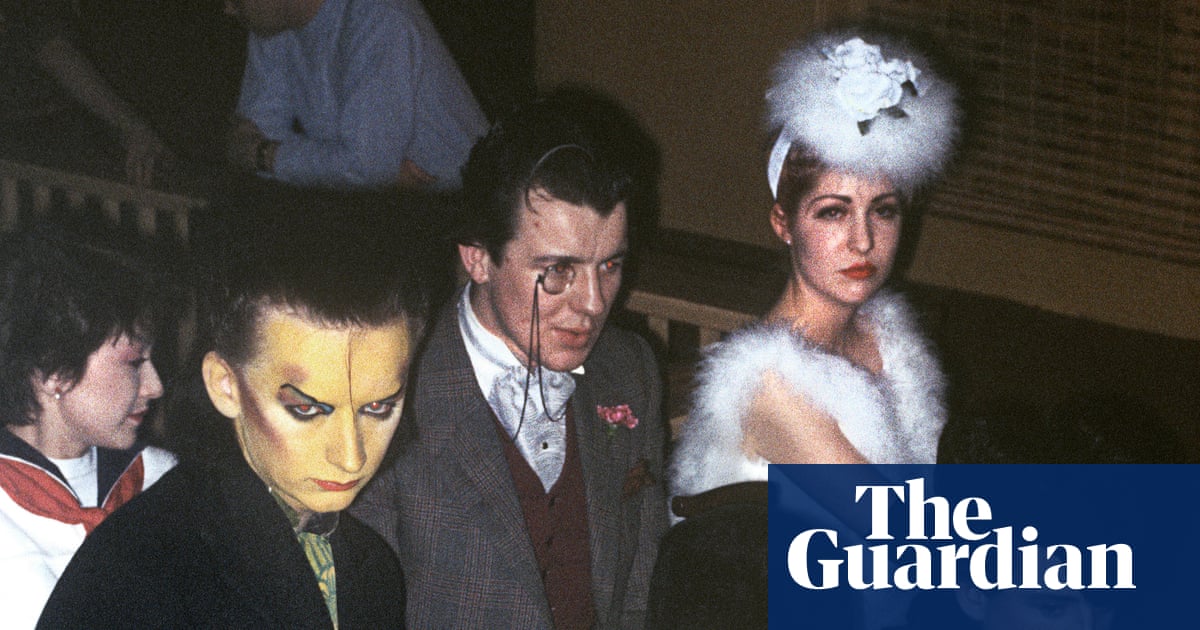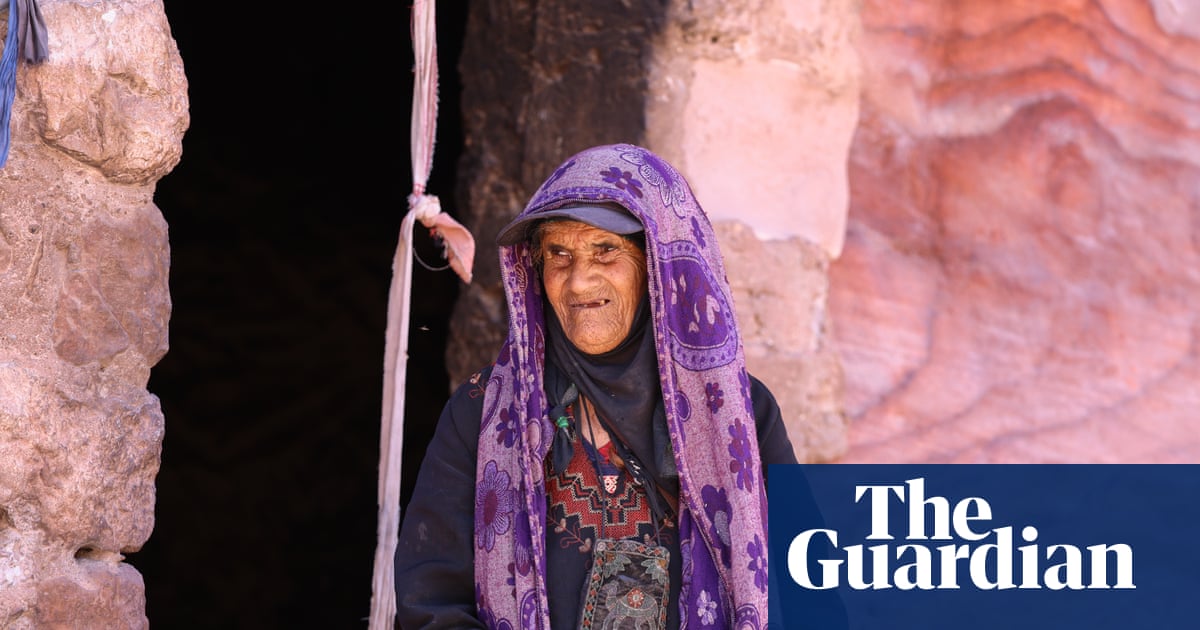Hidden in a copse of pine trees, in the southern French region of Camargue near Arles, sits the legendary nightclub La Churascaia. For 60 years, nothing has stopped this nightlife institution partying till dawn – not even a power cut. When a storm knocked out the electricity one night in the mid-1970s, the French news presenter Yves Mourousi simply drove his car into the venue, and the dancing continued to the sound of its stereo.
La Chu, as it’s known, opened in June 1965, making it one of the longest surviving discotheques in the world – behind Los Angeles’s Whisky-a-Go-Go, Paris’s Chez Castel and Rome’s Piper Club. It’ll be celebrating this feat of nightclub stamina on 29 June with a huge shindig at this most unlikely of venues smack-bang in the middle of the Camargue marshes. With 4,000 guests expected, the event will unite the three or four generations who’ve passed through its hallowed doors.
Once one of France’s coolest nightspots, La Chu’s rustic setting gave it a uniquely eclectic clientele: callused cowboys from the Camargue’s bull-ranches, village kids hopped up on the rock’n’roll infiltrating Europe, local gay men and women finally able to express themselves and Parisians on the hunt for something more authentic and wild (mosquitoes included) than the typical big-city spots. Frisky club-goers who have wandered outside for a roll in the hay have been known to have their ardour dampened after straying into a field of bulls.

As the legend of La Chu grew in the late 1960s and 70s, so did the celebrity clientele, including designer Christian Lacroix, singers Johnny Hallyday and Régine, Gérard Depardieu, first lady Claude Pompidou and the UK’s future Lord Great Chamberlain David Rocksavage. Legend has it that Jackie Kennedy and Aristotle Onassis – who certainly stayed at founder Jean Lafont’s house – passed through one night in the early 70s.
“The symbol I immediately think of is the moped and the Rolls-Royce side-by-side,” says Lacroix, a frequent Churascaia visitor in the late 60s and 70s. “Because that’s what you saw in the parking area and inside the club, too. There was no VIP area and no bodyguards.”
La Chu owed this provincial-metropolitan blend to the club’s founder, the manadier (bull-rancher) Lafont, who died in 2017. By day he could be found in the pastures of the Camargue rearing a prized bovine bloodline, but by night he was an aesthete and bon vivant who would frequently hop on a flight to Paris to soak up the capital’s nightlife.
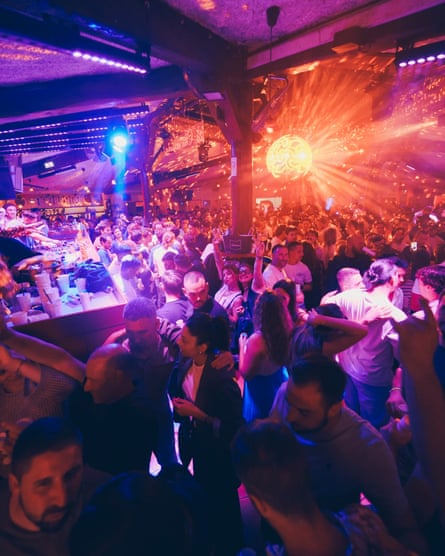
Lafont decided he wanted his own club close to home. “Once he’d decided to do something, there was nothing you could do to stop him,” says Mario Costabel, the son of a clam fisherman whom, aged 23, was made the Churascaia’s manager and Lafont’s right-hand man. The pair built a rudimentary circular building with plaster walls and a thatched roof, which resembled both the bull-running arenas and the Camargue cottages in which the local cowboys lived. The name is the generic term for a Brazilian grill restaurant.
Initially built to host celebrations after bull-branding events over the summer, La Chu was only meant to be temporary. It shared the cheap’n’cheerful mores of the local village fetes, selling pastis in a metre-long line of glasses. But by the end of 1965, word had spread about its freewheeling bacchanals, often running until 10 or 11 the next morning, and it became swamped. “There was a queue of cars running from the club all the way down to the main road, a few kilometres down,” says Costabel. “We realised we’d been overtaken by events – we had to warn the police.”
Film-maker Rémi Sautet, a regular in the 1960s, says: “It was really a social laboratory of the night, one that anticipated today’s world. It was a place with a strong latent sexuality, and an undercurrent of violence, where you danced until the break of day to the musical gods of the epoch.” One cutting-edge aspect was the music: hot-off-the-press rock’n’roll sourced from Parisian record shops, London’s Tower Records and an air hostess contact who helped them obtain rare imports from the US. The Jerks, one of France’s first rock’n’roll groups, from the nearby walled medieval town of Aigues-Mortes, was the house band.
Christian Pelatan, the club’s principal DJ from the 60s to the 1980s, was militant about uptempo music and disdained slow numbers: “I didn’t see the need. Why break the party mood when people have come to blow off some steam and enjoy themselves?” His marathon sets had a sense of impromptu fun that marked out La Chu from too-cool-for-school Parisian nightspots. One record he liked to surprise the clientele with was marching-band staple The Washington Post; everyone in the club would suddenly break out in synchronised drill manoeuvres.
Lafont’s arrival at the venue was traditionally announced with a burst of Verdi from the speakers; Lacroix, then a young student, remembers the owner often sporting a fringed western jacket. The entire club was a reflection of Lafont’s penchant for theatricality, suggests the designer: “There was this aspect of a fashion show, because you didn’t go to the Chu dressed any-old-how.” Lacroix used to attend decked out head-to-toe in red velvet. It was there he saw a man wearing a dress as a fashion statement for the first time: a djellaba by revolutionary French designer Jacques Esterel.
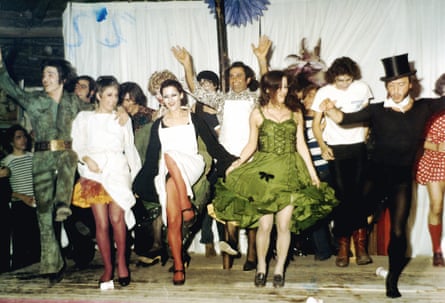
Both Lafont and Costabel being gay partially explained this unlikely bastion of gender fluidity in the heart of cowboy country. In the early 70s, a nationwide crackdown on licensing conditions meant that, in order to continue opening late, La Chu had to be licensed as an arts venue. So Lafont began staging drag shows on Sunday nights, mostly parodies of operas and musicals – which he wrote himself and performed in, along with other Chu stalwarts who might in regular life be wine-makers or miners. The Churascaia’s tolerant atmosphere was where this often macho and taciturn region declared its true identity.
Unsurprisingly, given the firepit in the centre and the thatch, the first incarnation of the club eventually burned down at the end of 1981. It was rebuilt two years later by the modernist Catalan architect Ricardo Bofill and the club was sold by Lafont in 1995, when he was 73. Over the years, it’s become a focal point for Camargue identity due to its association with the surrounding bull-racing culture, and a local clientele that remains multigenerational in defiance of the youth-focused norm in the clubbing world. “The grandparents came, the parents came, and now their children are here. That’s the strength of the Chu,” says current manager and DJ Jérémy Campilongo.
But La Chu’s sense of fiesta abandon and flair for the unexpected continues to attract revellers from further afield, with its music policy, as Campilongo points out, liable to suddenly break out of techno into jubilant bursts of Abba. As it hits 60, this indefatigable beacon of hedonism remains what all nightclubs aspire to being: a club like no other. “Most of them are just black boxes,” says Campilongo. “But here you’ve got bulls in the fields 100 metres away, horses beyond that. You arrive at night and the sun rises on the fields in the morning. What other club has that?”

 2 months ago
114
2 months ago
114
